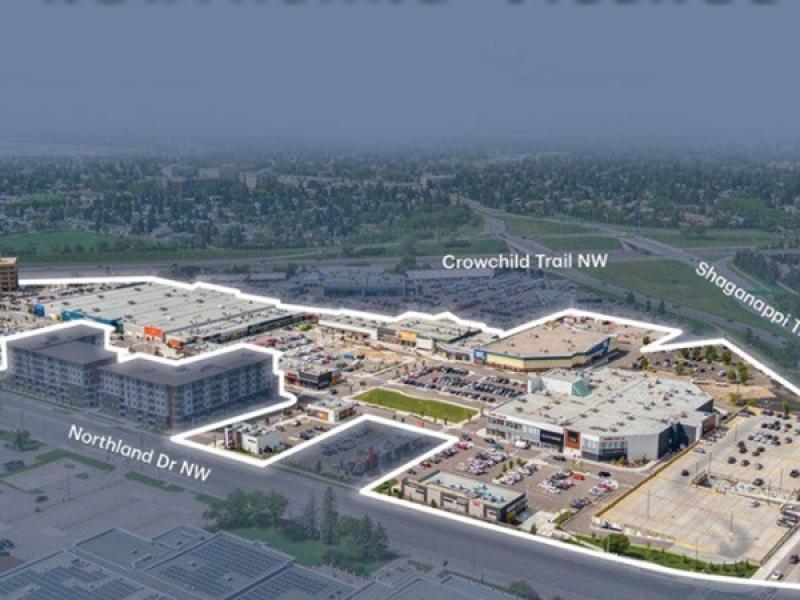GUEST SUBMISSION: Industrial activities in Metro Vancouver are a significant contributor to the regional economy and workforce. From Maple Ridge to Richmond, and from Langley to North Vancouver, the region contains a limited amount of industrial lands that accommodate a wide range of industrial uses.
The term industrial represents a spectrum of forms and intensities, which can include everything from large transportation, distribution and manufacturing facilities to small local-serving producers and suppliers as well as new sectors like advanced technology, media, design, bio-tech and e-commerce.
These many businesses contribute to employment in the Lower Mainland, as well as to the economies of British Columbia and Canada.
Regional industrial lands context
The Metro Vancouver region has a limited stock of industrial lands and strong demand for industrial space, which has resulted in low vacancy rates, with high rents for tenants and high land prices for developers.
Since 2020, the Metro Vancouver regional government has been implementing the Regional Industrial Lands Strategy, to address these long-standing challenges: a constrained land supply, pressures on industrial lands to convert to other uses, site specific issues, and a complex jurisdictional environment.
With a finite supply and continual demand, efforts are focused on protecting existing industrial lands for industrial uses, densifying buildings and intensifying activities, and bringing underutilized lands to market, to increase the functional capacity of the region’s land base. Long-term success requires multi-jurisdictional attention and concerted effort.
Impact of industrial lands
Metro Vancouver recently commissioned the Economic Impact of Industrial Lands Study by InterVISTAS Consulting to document the employment contribution and economic value of industrial activities.
The results quantify the significant direct activity associated with industrial lands in the form of jobs, wages, GDP, economic output and taxes. Furthermore, using multiplier ratios, the study calculates the secondary employment and economic impacts to the region, province, and nation.
Key findings about the importance of industrial lands and uses:
- Industrial lands represent four per cent of the Metro Vancouver land base, and 22 per cent (315,300) of the region’s total jobs (1,437,200).
- Total industrial activity (whether located on industrial or other lands) account for 31 per cent (444,700) of the jobs in the region.
- Industrial jobs pay 14 per cent higher on average than non-industrial jobs. The average industrial wage is $76,800 (2024 dollars).
- Through indirect and induced impacts, activity on industrial lands contribute a total of 468,600 jobs for the regional economy, 513,700 jobs for BC, and 584,100 jobs for Canada. The value of wages is $29 billion at the regional level (in 2021 dollars).
- Industrial lands account for 30% ($43 billion) of the Metro Vancouver region’s overall GDP (direct, indirect, and induced impacts). That amount increases to $48 billion for BC and to $57 billion for Canada.
- Industrial lands contribute tax revenues to all levels of government, totaling $8 billion annually, as follows: municipal $250 million, provincial $1.9 billion, and federal $5.9 billion.
Industrial activities have demonstrated far-reaching impacts on economic development and employment growth, from local to national scales. Industrial lands serve an important role for business-to-business functions, traditional and innovative industrial uses, and as a facilitator of trade-related movements for British Columbia and Canada through the port.
COVID considerations
The 2024 economic impact study, which was an update of a 2019 publication, entailed compiling the most recently available data, including: Census (2021), Regional Industrial Lands Inventory (2020), Industrial Intensification Study (2021), Regional Industrial Lands Strategy (2020), Regional Growth Strategy (2023), and other sources.
Noting the 2021 Census occurred during the COVID-19 pandemic when economic and employment patterns were greatly disrupted, there are limitations in data analysis. As with most other sectors, the number of workers having an ‘at home’ or ‘no fixed workplace’ increased significantly in 2021 as compared to the 2016 Census, in part due to the following:
- The unemployment rate was double what it was shortly prior to the pandemic;
- Temporary business closures resulting in an undercount of employment levels; and
- Relocation of certain employment to remote work (e.g. work-from-home) instead of onsite.
Yet demand for industrial lands and spaces during that period was very strong.
It remains to be seen whether the job counts in the 2021 Census reflect a temporary, pandemic-driven condition or a permanent, structural change in employment and operations (pandemic-related or otherwise).
Conclusions
The latest findings reiterate that industrial lands and uses are the foundation for a significant portion of the region’s diverse economic activity, with a disproportionately large amount of employment and higher wages, crucial to supporting regional prosperity.
As with the need for more residential housing, we also need more industrial accommodations. Those industrial jobs can help pay for the expensive housing which the region is known for.
In a changing world, we still need industrial lands close to home.
Eric Aderneck is an urban planner in Metro Vancouver who tracks industrial lands matters at www.industriallands.ca.







